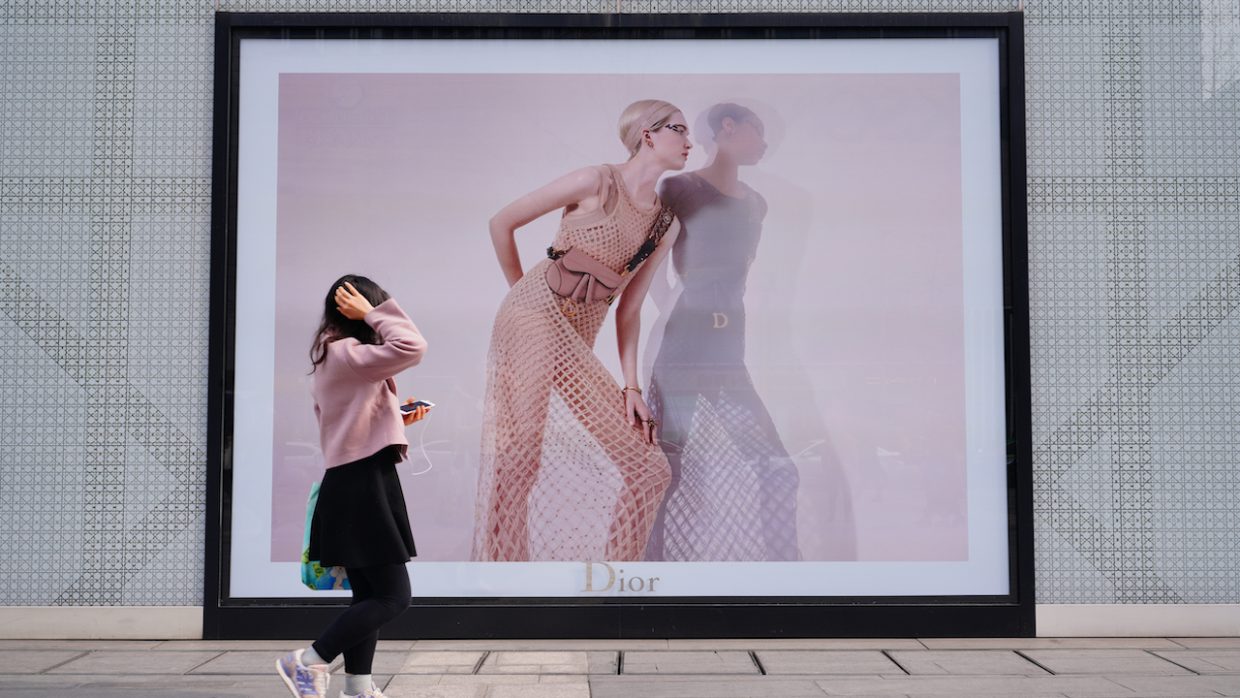Bain & Company: Chinese Consumers Will Make Up Half of Global Luxury Purchases by 2025

Faced with the prospect of a global collapse driven by worldwide lockdowns and shutdowns, the ongoing COVID-19 pandemic has been a wakeup call for the luxury industry, forcing many companies to rethink their overall strategies, especially when it comes to the China market.
Bain and Company, collaborating with Fondazione Altagamma, the Italian luxury goods manufacturers’ industry foundation, published their latest report, “Bain & Company Luxury Study 2020 Spring Update,” which sheds light on how China will only increase in importance for luxury players, as Chinese consumers will account for nearly 50 percent of the global luxury market — valued at €320-330 billion — by 2025. Thanks to China’s speedy recovery from the COVID-19 lockdown, its vast generation of young and internet savvy consumers, brands that can understand the China market are likely to survive this crisis and thrive in the long-term.
Nevertheless, the luxury market will face a difficult year ahead. The report expects that for the full-year 2020, the market could contract between 20-35%, depending on the speed of the recovery. And for the luxury market to reach pre-COVID-19 levels, don’t expect that to happen until sometime 2020 and 2023.
In the midst of the crisis, mainland China, its vast online channels, and the accessories category have been the only bright spots for the global luxury market. Both Europe and the US are still deeply impacted by the ongoing pandemic and having the slowest recovery. Travel retail is still in trouble as worldwide travel bans continue, and many major department stores are flirting with bankruptcy, and hard luxury categories like watches have sunk due to a lack of online sales platforms to offset the shutdown of physical channels.
Going forward, brands need to pay extra attention to the nuances of the Chinese market amid intensified competition. Back in 2019, Bain predicted that half of Chinese luxury spending will be domestic by 2025. It’s likely that COVID-19 has accelerated this trend, with 26-28% of personal luxury goods being purchased on domestic brands. To compete with this, global brands will need a hyper local strategy. The report also pointed out that public opinion during the outbreak has sometimes stigmatized certain nations, triggering assertive displays of cultural pride in those territories. Brands need to avoid inflaming these local sensitivities, especially in China.
Another behavioral trend that’s likely to come out of this crisis is the changing spending habits of Chinese consumers and their attitude toward luxury. Given this, brands will need to develop a credible offer at different price points to increase their relevance with different audiences, while staying true to their core DNA and brand positioning.
Another unavoidable trend is the expanding power of their younger consumer base — anyone below 45 years old — which will account for up to 150% of luxury market growth by 2025, with Gen Z and Gen Y globally making up 50% of the market, while baby boomers, once the world’s dominate consumer base, continue to shrink. Given this, brands should provide an omnichannel environment and focus on brand storytelling to attract this lucrative demographic.
In this ongoing crisis, Bain urged luxury players to face disruptions head-on. Every aspect of the market, from creation to distribution, marketing to supply chains, and crucially the interaction with the final customers will need to be re-imagined to suit a changing world. “Winning brands will be the ones that best interpret the zeitgeist all while remaining consistent with their inner DNA and individual story,” advised Claudia D’Arpizio, a partner at Bain & Company’s luxury goods vertical.